“In 1985, when I turned into this sleepy little town of Mooresville [Alabama] from the treeless cotton fields that surround it, I fell in love with those ancient trees that line the streets,” writes resident Sylvia Wilmer in a booklet made for the town’s annual April walking tours. “Trees on both sides of the street that joined their arms together to shade all those who walked below. I have now lived in Mooresville for almost three decades, and I still love its trees. Not just the ancient oaks and magnolias that first caught my eye, but the small redbud, giant cedars that stretch toward the sky, sassafras scarlet in fall, and even the lowly hackberry, whose bark in old age wears a silvery patina that is in its own way majestic.”

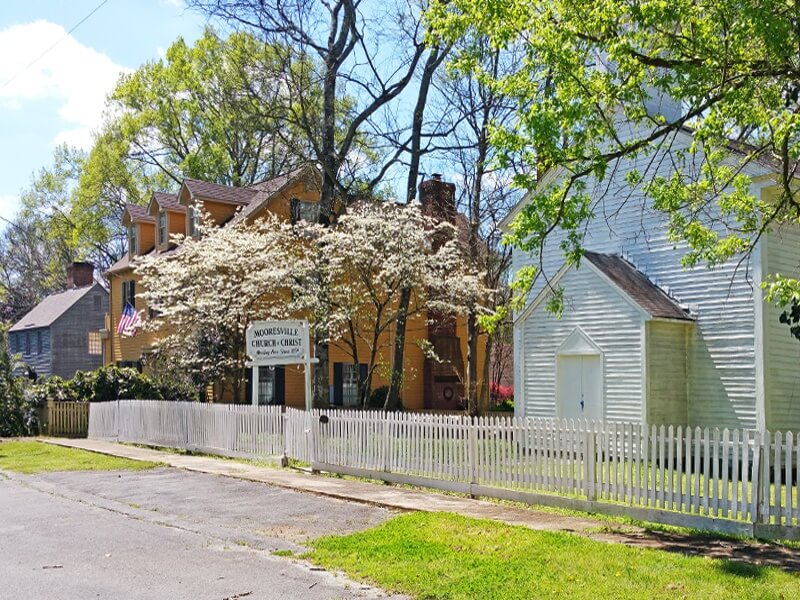
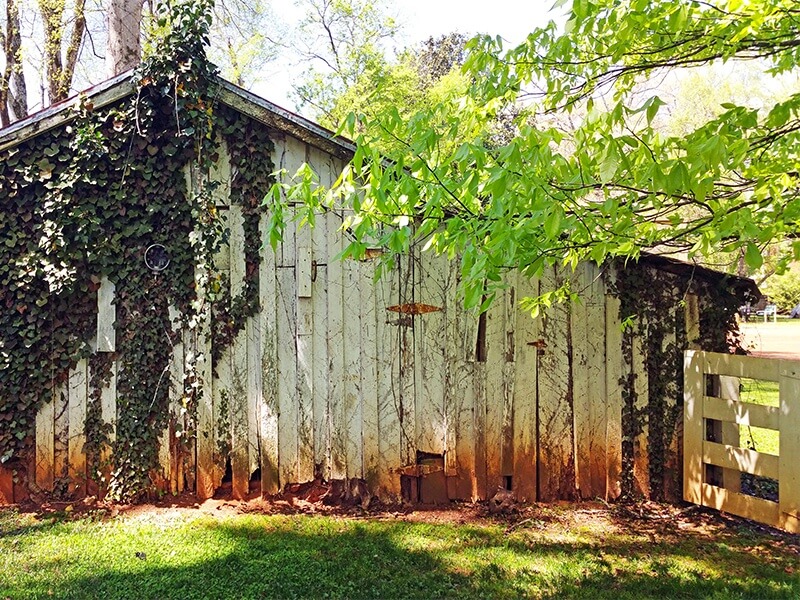


Step into this one-quarter-square-mile Alabama town, and leaves rustle in the branches high above while the shade of their grand arms and playful leaves dance below. White picket fences surround idyllic yards and historic homes, wisteria blossoms hang from awnings, front porch swings gently sway in the breeze and a shower of dogwood petals flutters across the road where most of the town’s 50 residents walk or ride their bikes to get around the town’s six main streets. Just 20 minutes from Huntsville and a little over an hour from Birmingham, the drive to see Mooresville — especially at Christmastime — is well worth it. During the holidays, the village’s torches are alight, casting off a warm flicker on the streets and buildings, and the homes are decorated in all their holiday splendor, ready for Mooresville’s annual Holiday Home Tour and Progressive Dinner.
Known as the “Williamsburg of Alabama,” Mooresville’s earliest settlers came to the area around 1805, when the land was inhabited by Chickasaw Indians. After the Chickasaws were driven out and public land sales were held in 1818, the 64 residents of Mooresville petitioned the Alabama Legislature for and were granted an Act of Incorporation. So the town, named for an early settler, proudly boasts that it is older than the state itself, which was incorporated over a year later. At that time, the village was bustling with industry. Beautiful homes were being built for doctors and lawyers. Craftsmen and businesspeople set up shop, including a tailor shop where future President Andrew Johnson apprenticed for a time.
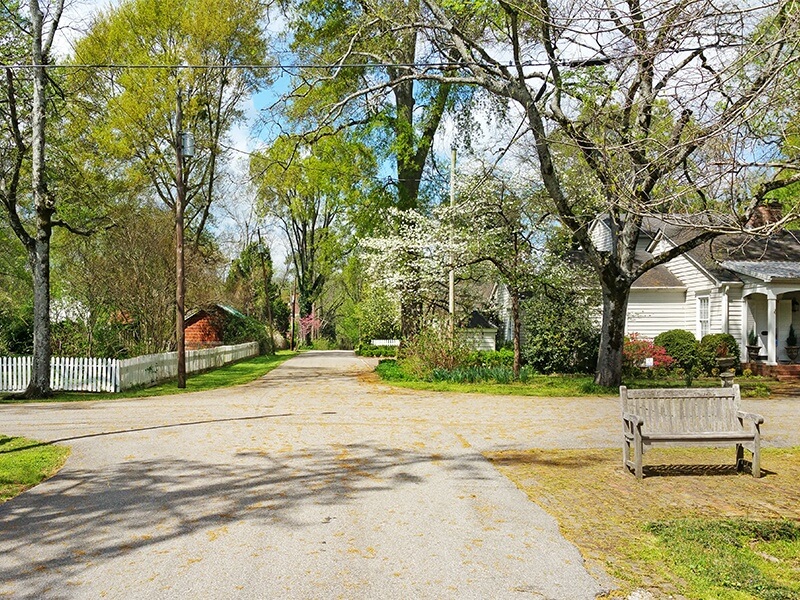
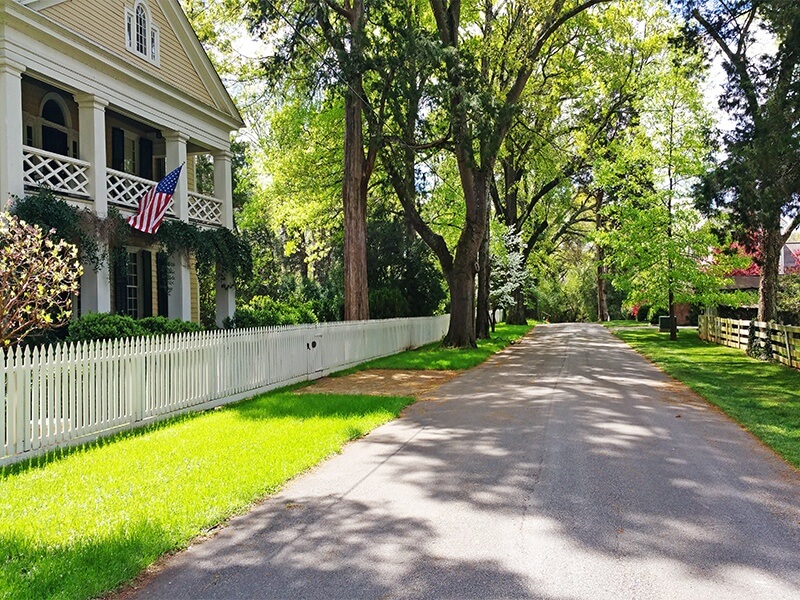

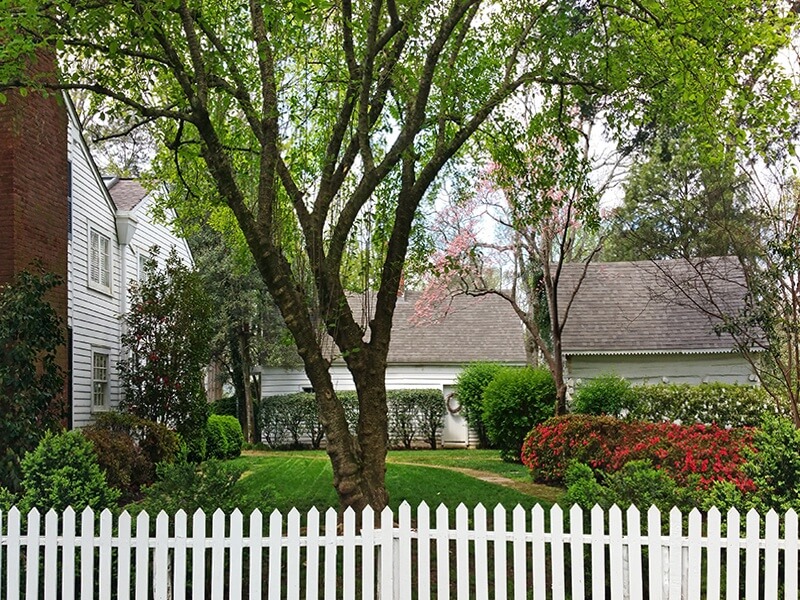
In this beautiful village, you can almost hear the clopping of horse hooves as they approach the Stagecoach Inn and Tavern to deliver mail. Pass by another house with a vintage screen door and covered porch, and your imagination conjures Atticus Finch pensively puffing a pipe on the porch swing. Filmmakers were even drawn to this gorgeous old town to film Disney’s Tom and Huck in 1995. This idyllic enclave stirs something in the Southern soul and awakens the universal imagination. Walking through the tiny town, one feels humbled by his place in the immense expanse of time.
Let’s take a tour of historic Mooresville, AL …
Mooresville Historic Post Office
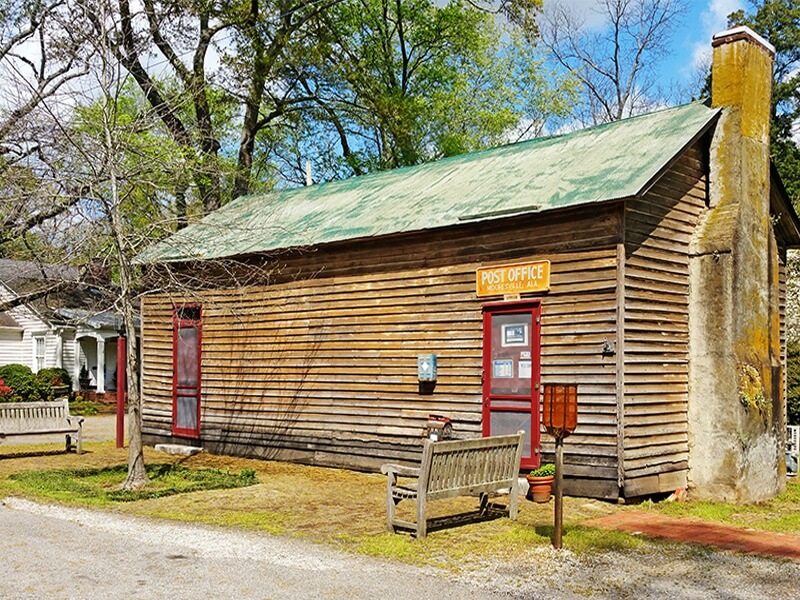
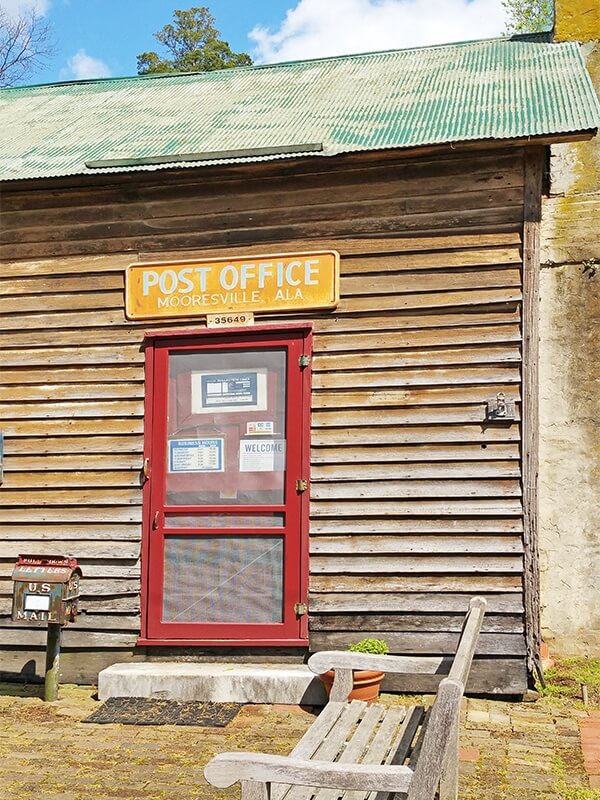
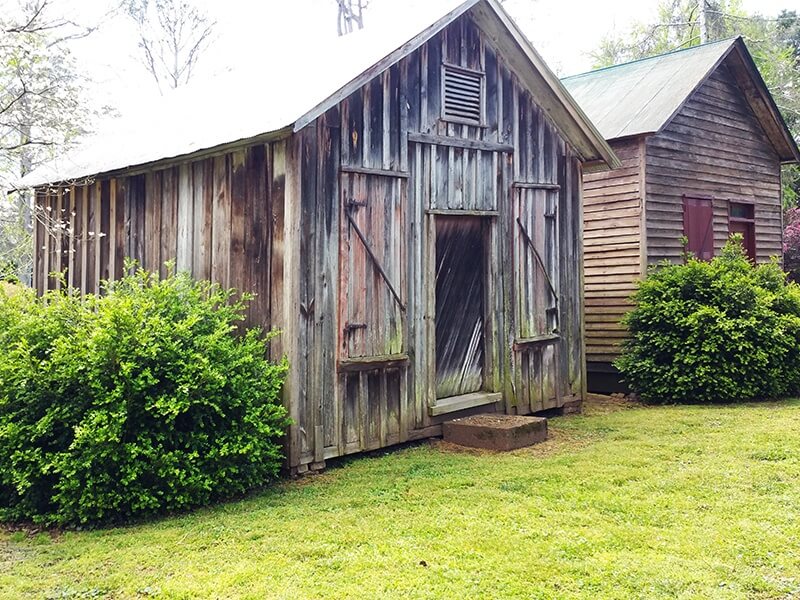
The Stagecoach Inn and Tavern
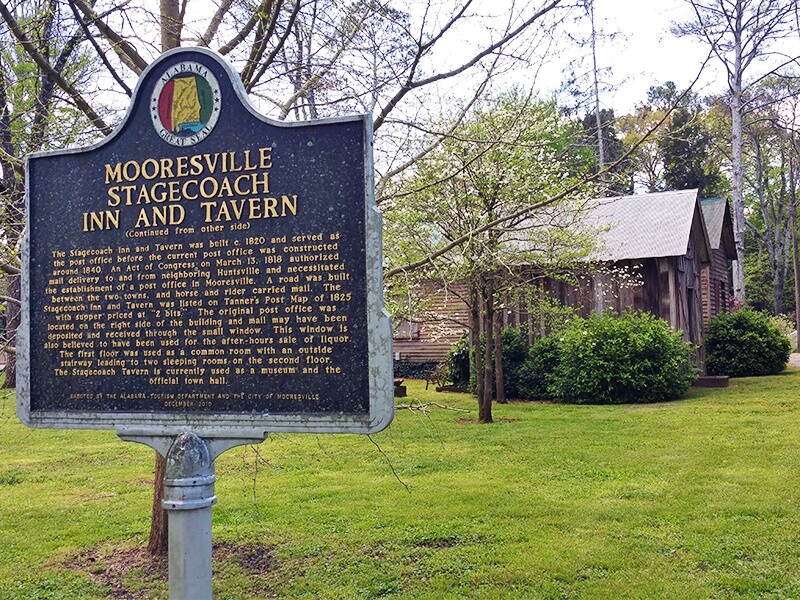

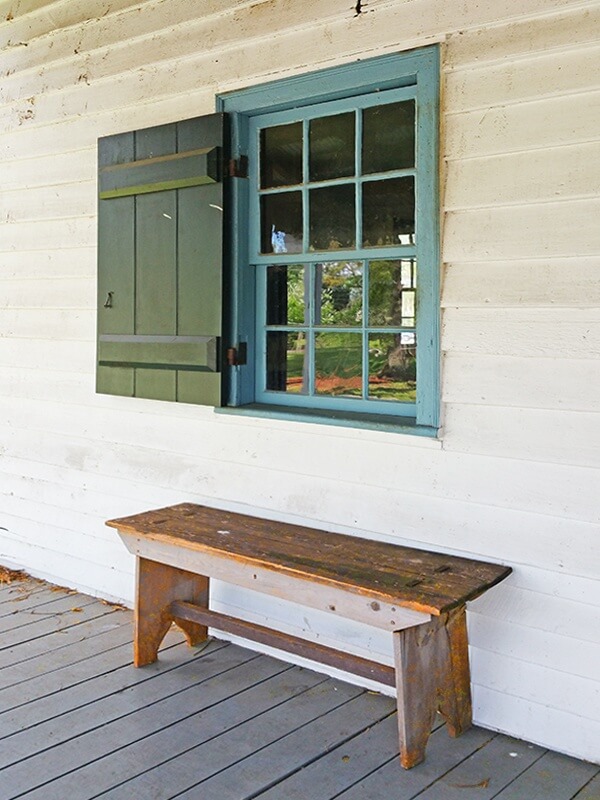
Lyla’s Little House

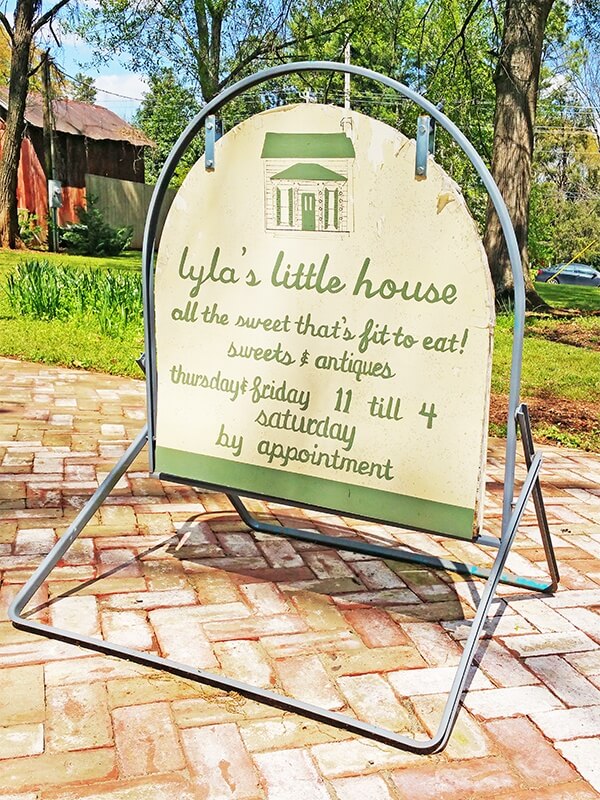
1839 Brick Church
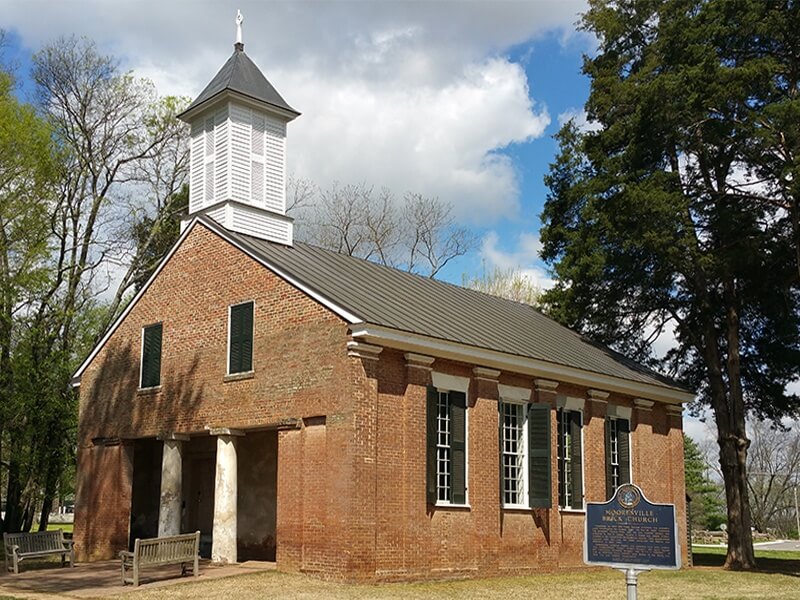
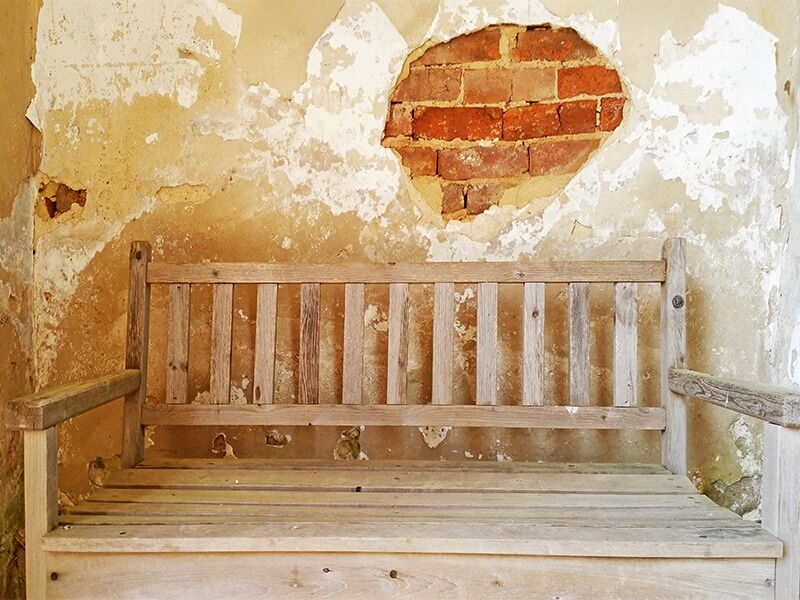
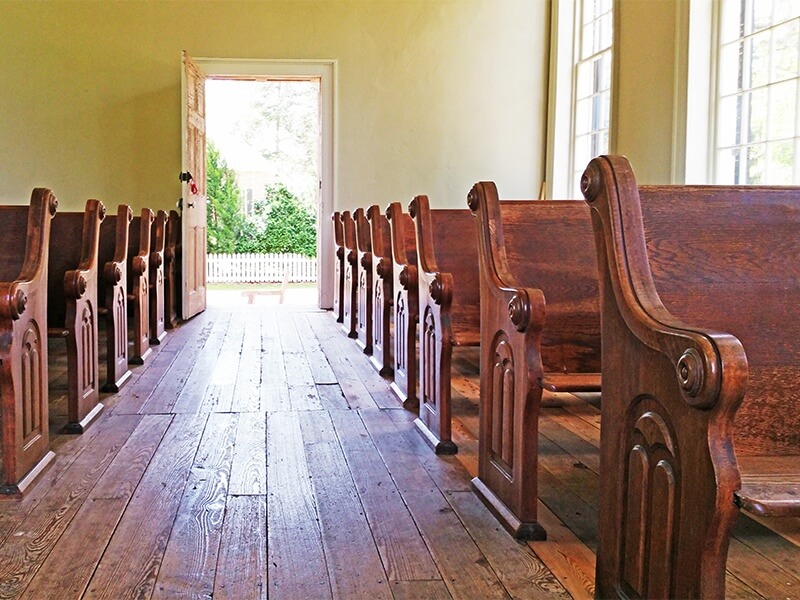
Church of Christ

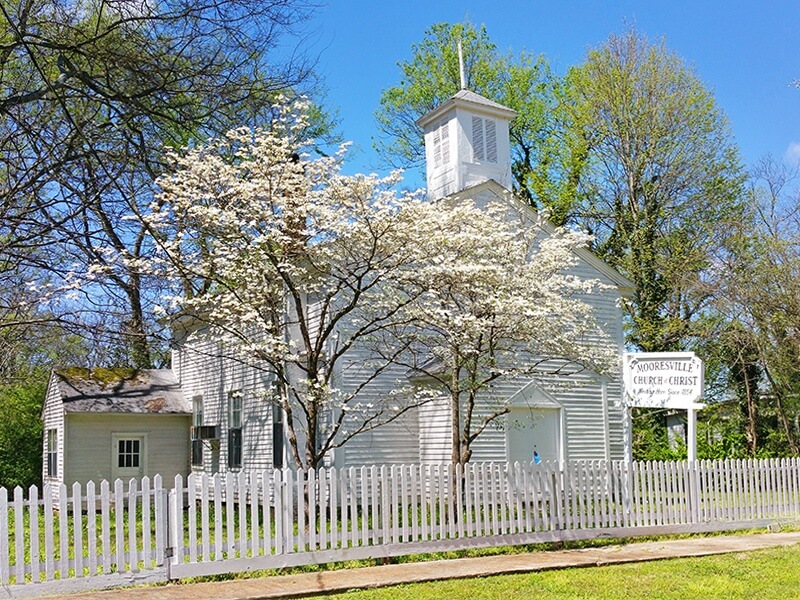
Historic Homes of Mooresville
Zeitler-Hill-McLain House
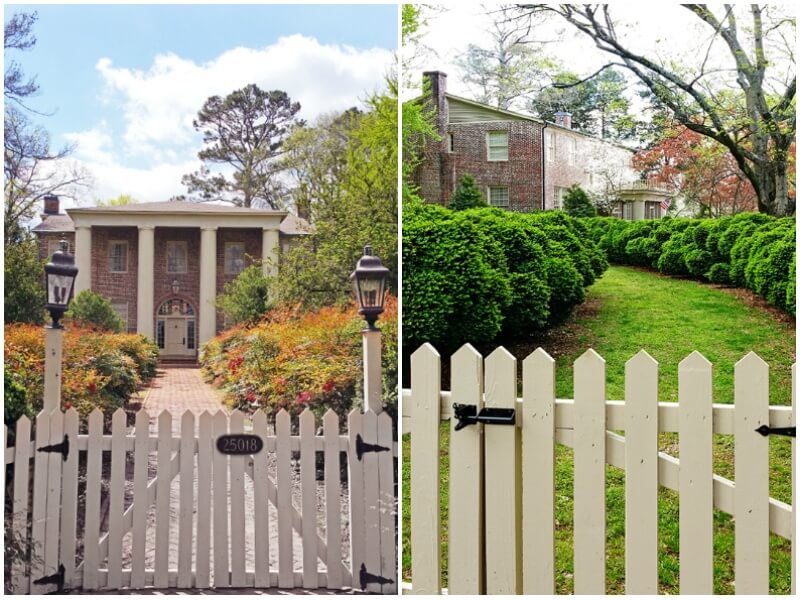
Peebles-Wilson-Eadon-Barran House

Peebles-Zeitler-McCrary House
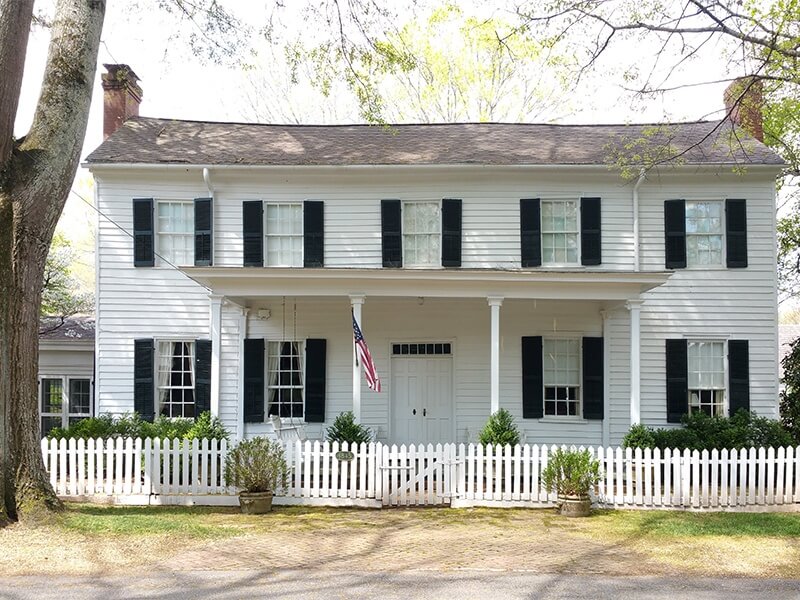

Campbell-Woodruff-Hill-Pollard-Crumlish House
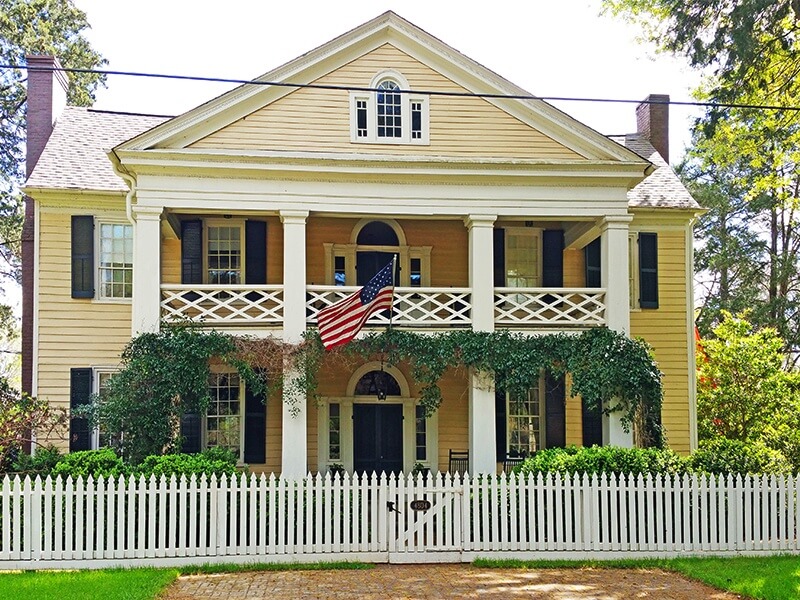
McCrary House
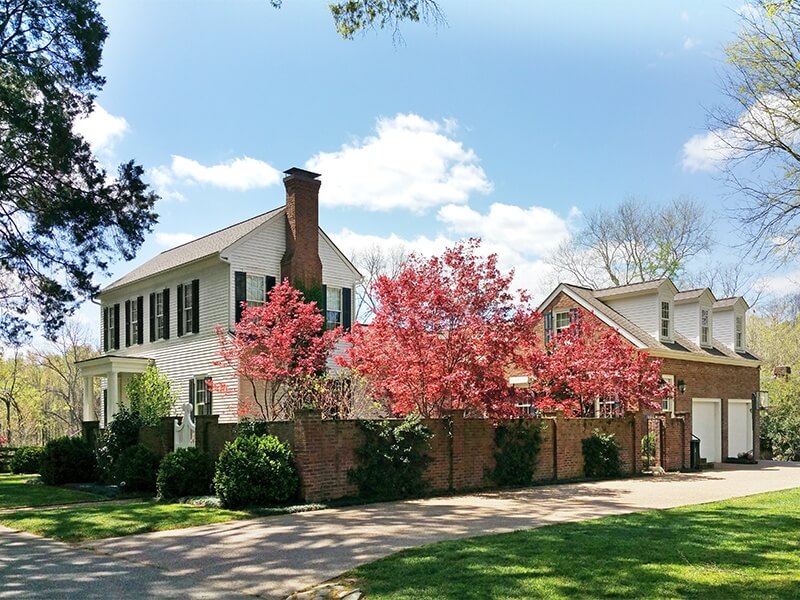
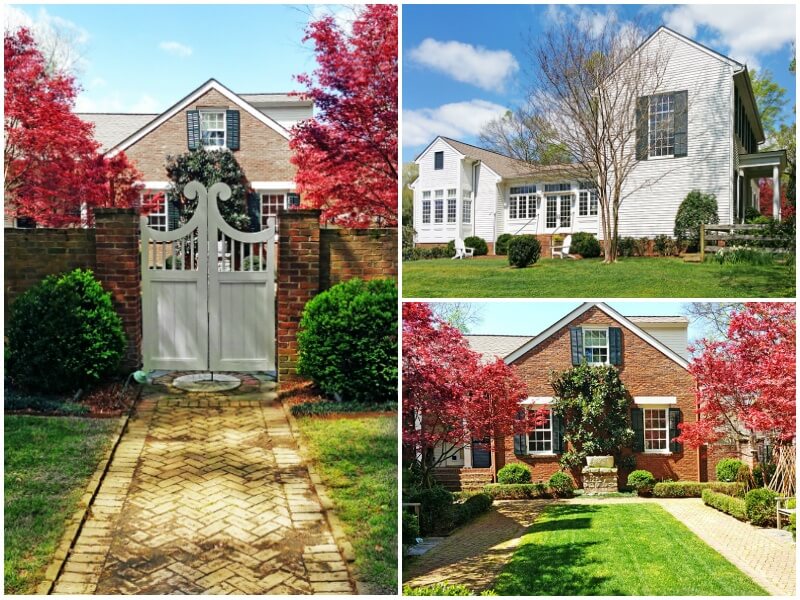
The Corner House
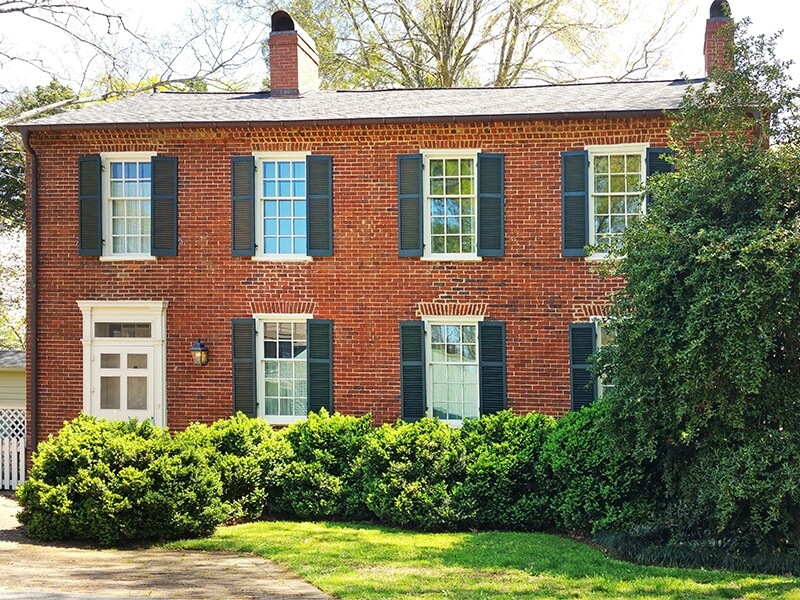
Sneed House
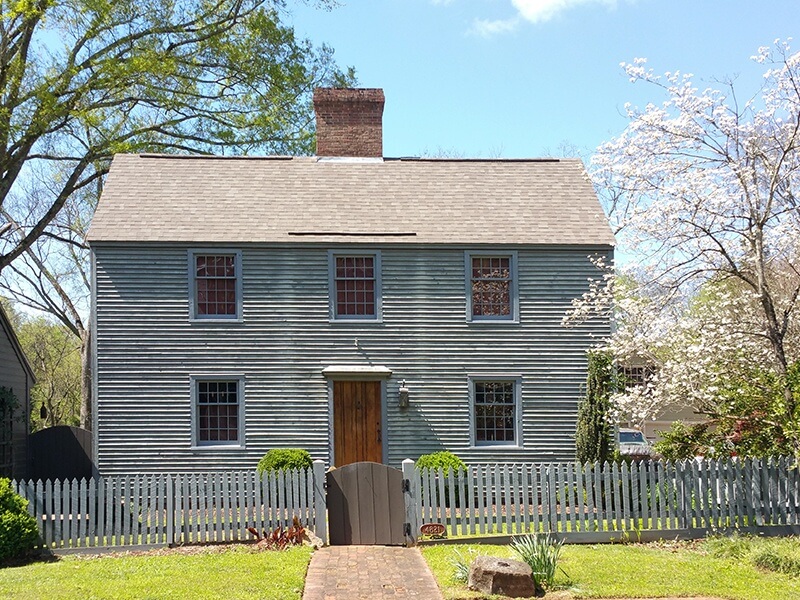
Underwood-Price House
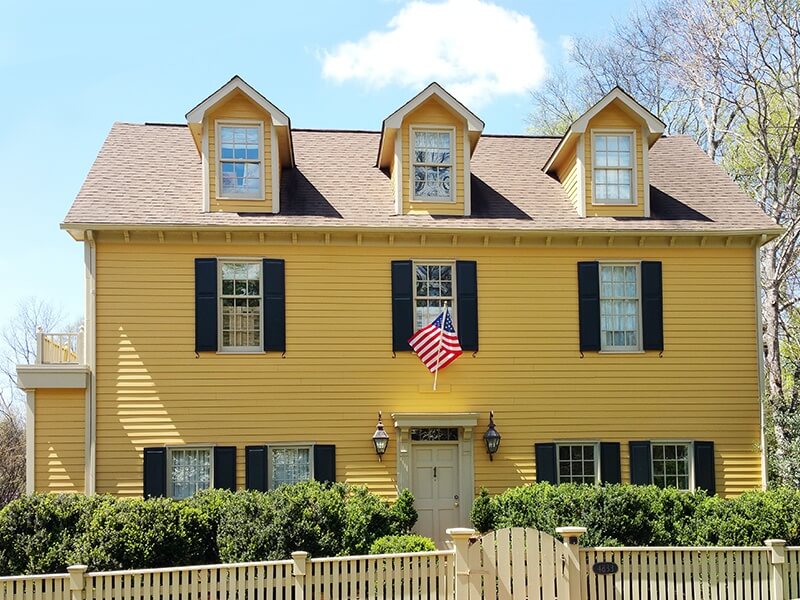
1818 Farms
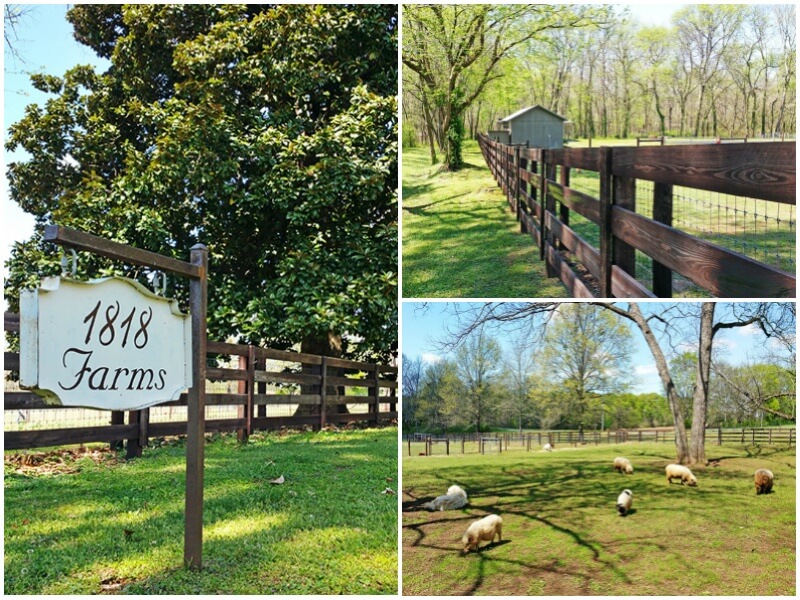
Dance Hall
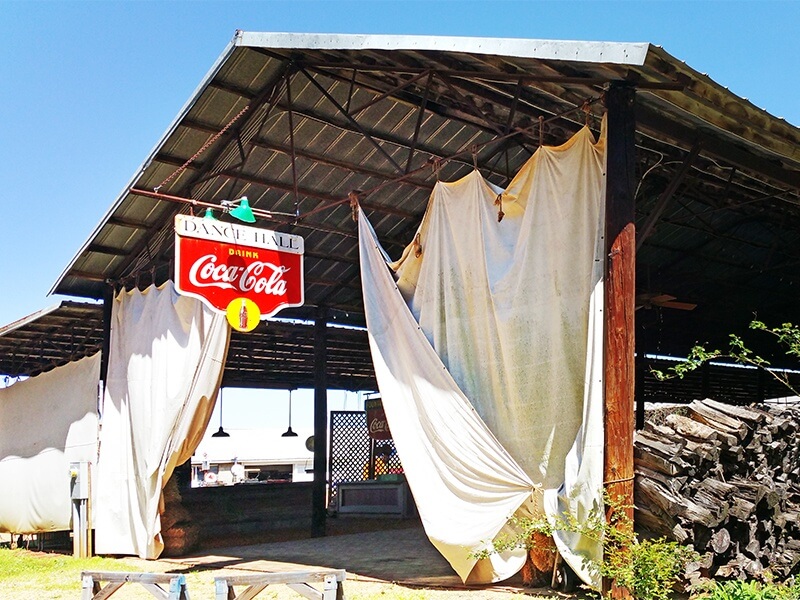
JaVa.Mooresville
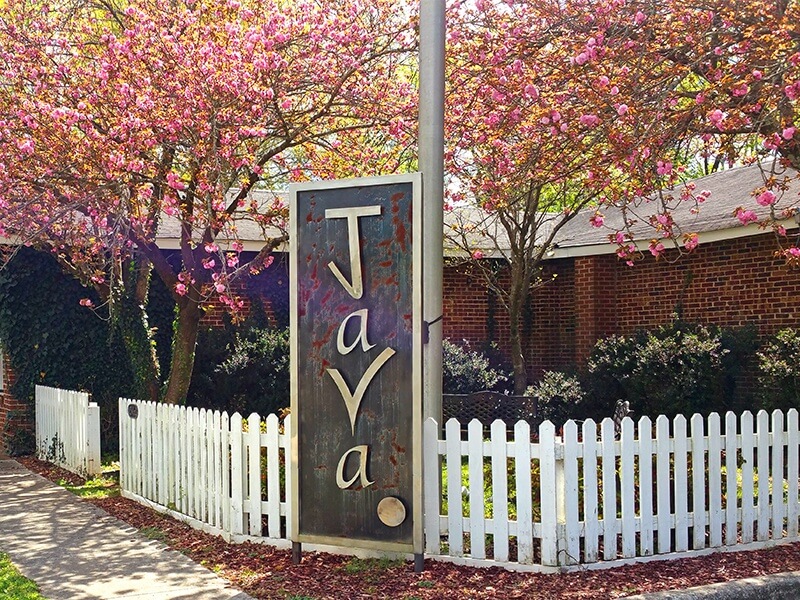
So, stop by gorgeous, historic Mooresville, a hidden jewel of Alabama’s rich history and a beautiful little escape from the hustle and bustle of the daily grind! Or join an April walking tour, sponsored by the Alabama Tourism Department and led by a local resident. Meet at the historic Mooresville Post Office at 10 a.m. (Come at 9:45 a.m. to see the post office interior.)
**********
Guess what? We’re heading to Charlotte, NC, this spring. Tell your friends and stay in the know on this hot Southern city. Sign up now to be among the first to know when we’re live!


















